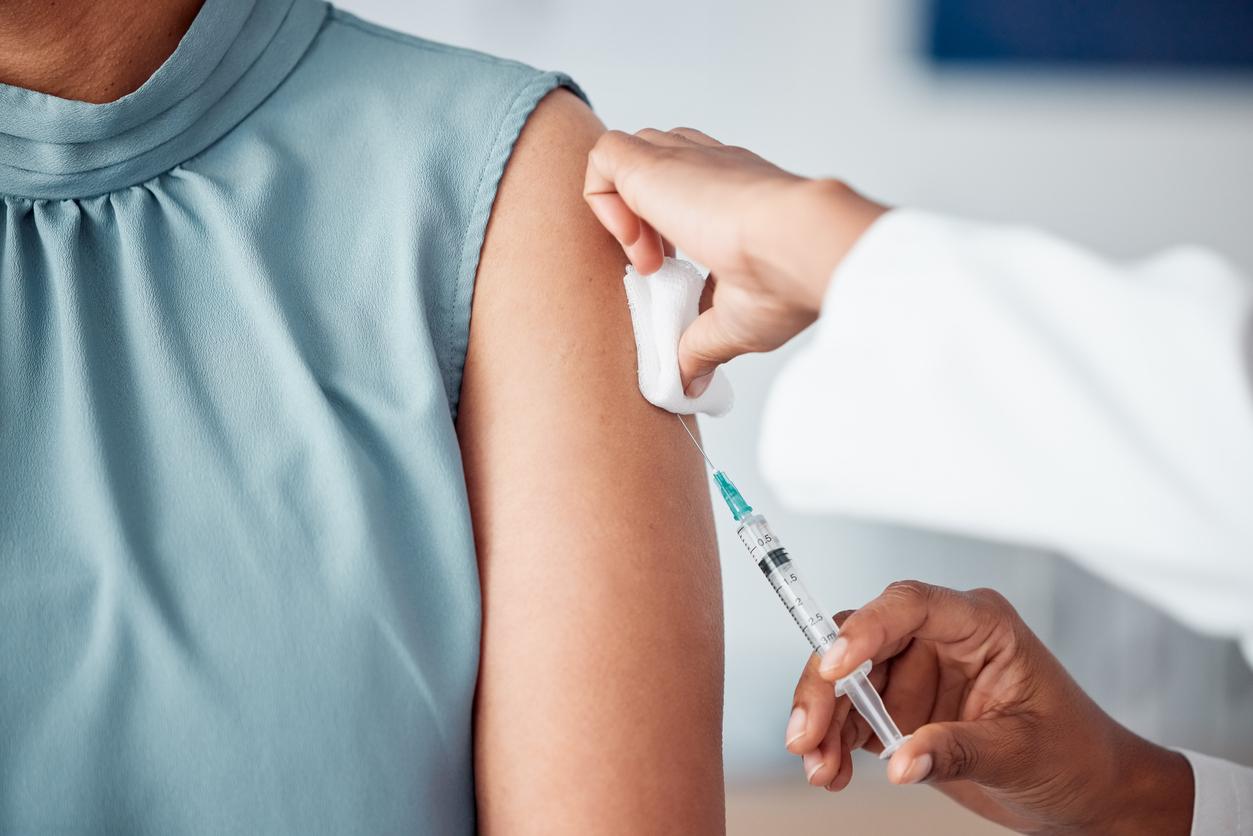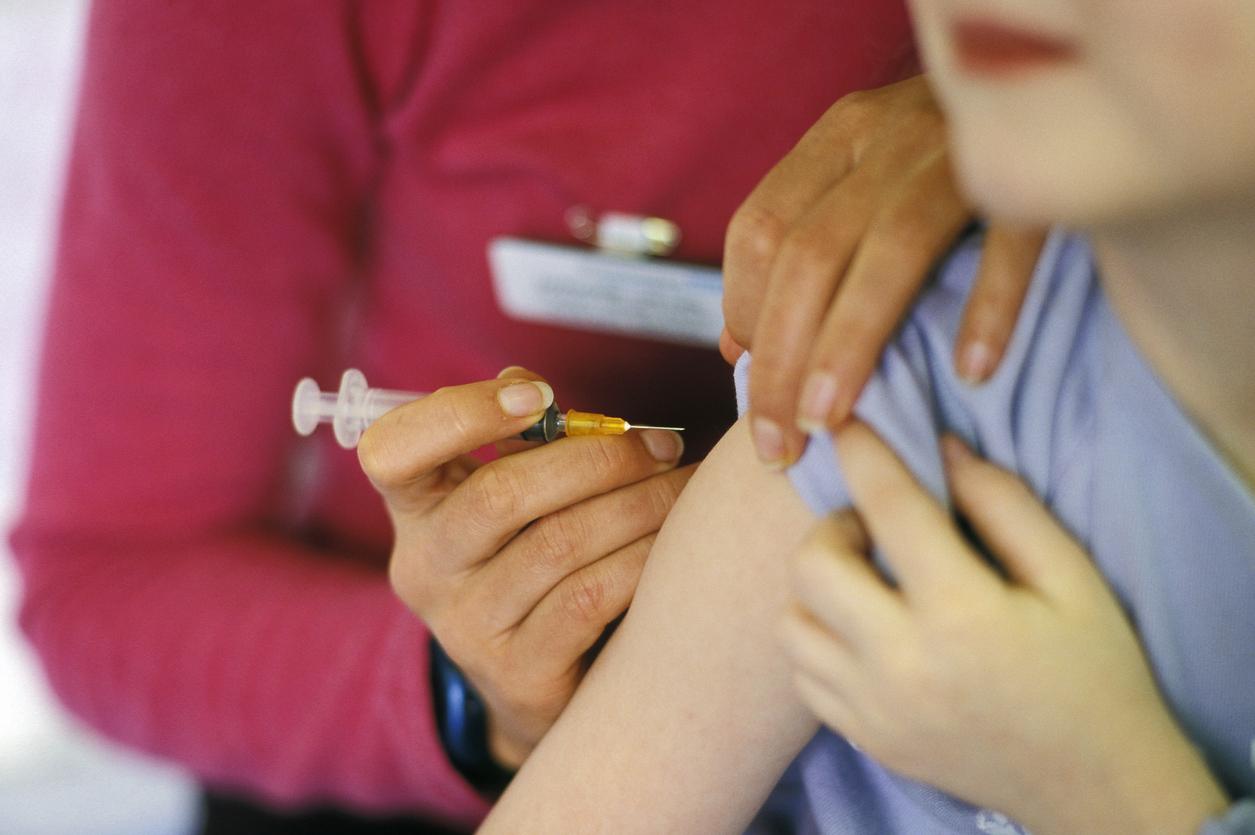
In order to anticipate the arrival of a future vaccine against Covid-19, the French Ministry of Solidarity and Health has asked the Haute Autorité de Santé (HAS) to develop a vaccine strategy. Let’s take stock of the current situation.
Several scenarios considered
With a view to assisting public decision-making, the HAS was tasked with anticipating several vaccination scenarios in France. To do this, the HAS relied on the possible evolution of the circulation of Covid-19 upon the arrival of vaccines on French territory as well as on the characteristics of the vaccine candidates developed.
The various researches have thus enabled HAS to consider four scenarios to date:
- Scenario 1: situation of strong viral circulation
- Scenario 2: situation of a strong viral circulation localized in certain territories
- Scenario 3: situation of low noise viral circulation (limited clusters)
- Scenario 4: no indicator of viral circulation
From these scenarios, the HAS set the objectives of a vaccine strategy against COVID-19, namely: to reduce morbidity and mortality, reduce the spread of the epidemic and maintain the country’s vital operating needs. The idea being to then be able to determine the populations to be targeted as a priority as well as to estimate and refine the number of vaccine doses required.
Populations considered to be priorities
At this stage, the HAS was able to define the priority populations for all the scenarios envisaged, which could benefit from the vaccine when the benefit / risk ratio is established as favorable.
In the first line, it is the health and medico-social professionals who constitute the priority targets of vaccination. This is followed by people at risk of severe forms who pay the heaviest price in terms of hospitalization and death. Among them, we can cite people aged over 65 and those with comorbidity (cardiovascular history, unbalanced diabetes, chronic respiratory disease liable to decompensate during a viral infection, chronic renal failure on dialysis, etc.)
An evolving vaccination strategy
Faced with limited data and uncertainties related to the evolution of the Covid-19 epidemic, the HAS cannot yet define the exact vaccine strategy that will be retained. This is why all the preliminary recommendations can be brought to evolve.
That said, the HAS estimates that the first results of vaccine candidates entered in phase 3 of clinical trials (those developed by the American Moderna, the Briton from the University of Oxford in partnership with AstraZeneca and the Chinese CanSino) suggest that a vaccine will be developed by 2021. In all cases and when they have been demonstrated to be effective and safe, vaccines will be the best tool for preventing and combating the pandemic, in addition to barrier measures .

















